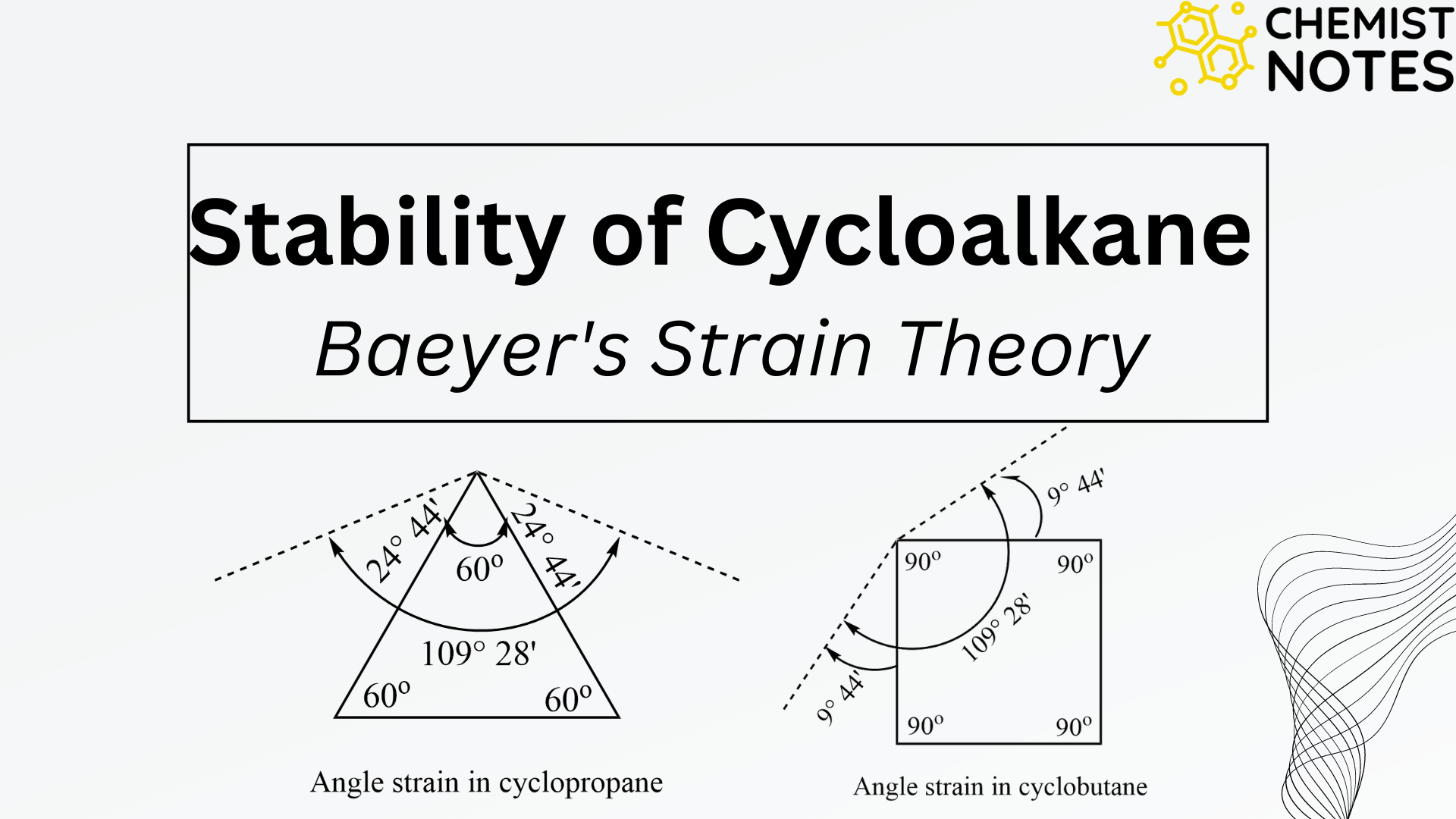

A double charge on a small atom-like Nitrogen is unlikely in the case of the triple bonded resonance structures. In the above resonance structures, the presence of triple bonds and the lack of an octet present challenges to the ion’s stability. There are resonance structures that can be derived for the azide ion. The final Lewis structure is shown below: The above arrangement is stable as all of the octet requirements have been fulfilled. This predicament is overcome by the formation of chemical bonds between the central Nitrogen atom and its adjacent Nitrogen atoms. However, the central Nitrogen atom, having only four valence electrons, needs to form bonds with the adjacent atoms to attain its octet. The remaining valence electrons are placed around the atoms to fill their outermost shells. Two electrons are placed between the atoms to form the chemical bonds, as shown below.

We will now start placing the valence electrons to form chemical bonds and fulfill the octet requirements. This is a homogenous ion with three atoms belonging to the same element. The three Nitrogen atoms available are placed adjacent to one another. This has been discussed in the previous section. The number of valence electrons available is the first step towards the Lewis structure. They help give insight into a molecule’s geometry, shape, and polarity, among other data. Lewis structures are a schematic representation of molecules and their constituent chemical bonds. Therefore, the total number of valence electrons in the Azide anion is given by:ġ5 + 1 = 16 valence electrons. This negative charge contributes one valence electron as well. Since the Azide ion is an anion, it’s a negative charge of -1. Therefore, the three Nitrogen atoms contribute 5 x 3 = 15 valence electrons. Nitrogen is in group 5 of the periodic table with the electronic configuration 1s 2 2s 2 2p 3. N 3 – comprises three Nitrogen atoms that all contribute valence electrons based on their position in the periodic table of elements. The valence electrons from these atoms help form the Azide anion Lewis structure. The Azide anion comprises three Nitrogen atoms. This makes the valence electrons susceptible to excitation, and therefore, they can break away to help form chemical bonds. Valence electrons are found in the outermost shells of the atom, where the force of attraction from the center is the weakest. Lewis structures use valence electrons to represent chemical bonds between elements. N3– Molecular Geometry N3- Valence Electrons.of valence electrons (5 x 3) + 1 = 16 valence electrons Hybridization of the central atom sp Bond Angles 180 ° Molecular Geometry of N 3 – Linear Molecular Geometry Some of them are listed below: Name of the ion Azide (N 3 – ) No.

The Lewis and corresponding resonance structures provide a good deal of information about the Azide anion’s properties. They have proven to be fatal and must be handled and disposed of with care. Aliphatic compounds undergo nucleophilic substitution, while acyl azides can be obtained by substitution with acyl chlorides.Īzide compounds are highly toxic, with Sodium Azide being on the same level of toxicity as alkali-based cyanide compounds. Most Azides can be derived from Sodium Azide. This is because most Azides are unstable and are highly prone to shock. Other Azides such as Pb(N 3 ) 2 (Lead Azide) are used in construction as detonators. Tons of this compound are produced annually to be used in the automobile industry ( airbags), as biocides, and for organic synthesis of amine in the laboratory. One of the most common Azide-based substances is Sodium Azide (NaN 3 ). This process gives rise to many types of substances. It is composed of three Nitrogen atoms and can have multiple resonance structures.Īzides behave similarly to halogen-based compounds in that they react rapidly with other substances by displacement of the Azide group. The Azide ion is a conjugate base of Hydrazoic acid (HN 3 ). The chemical formula N 3 – represents the Azide ion.


 0 kommentar(er)
0 kommentar(er)
